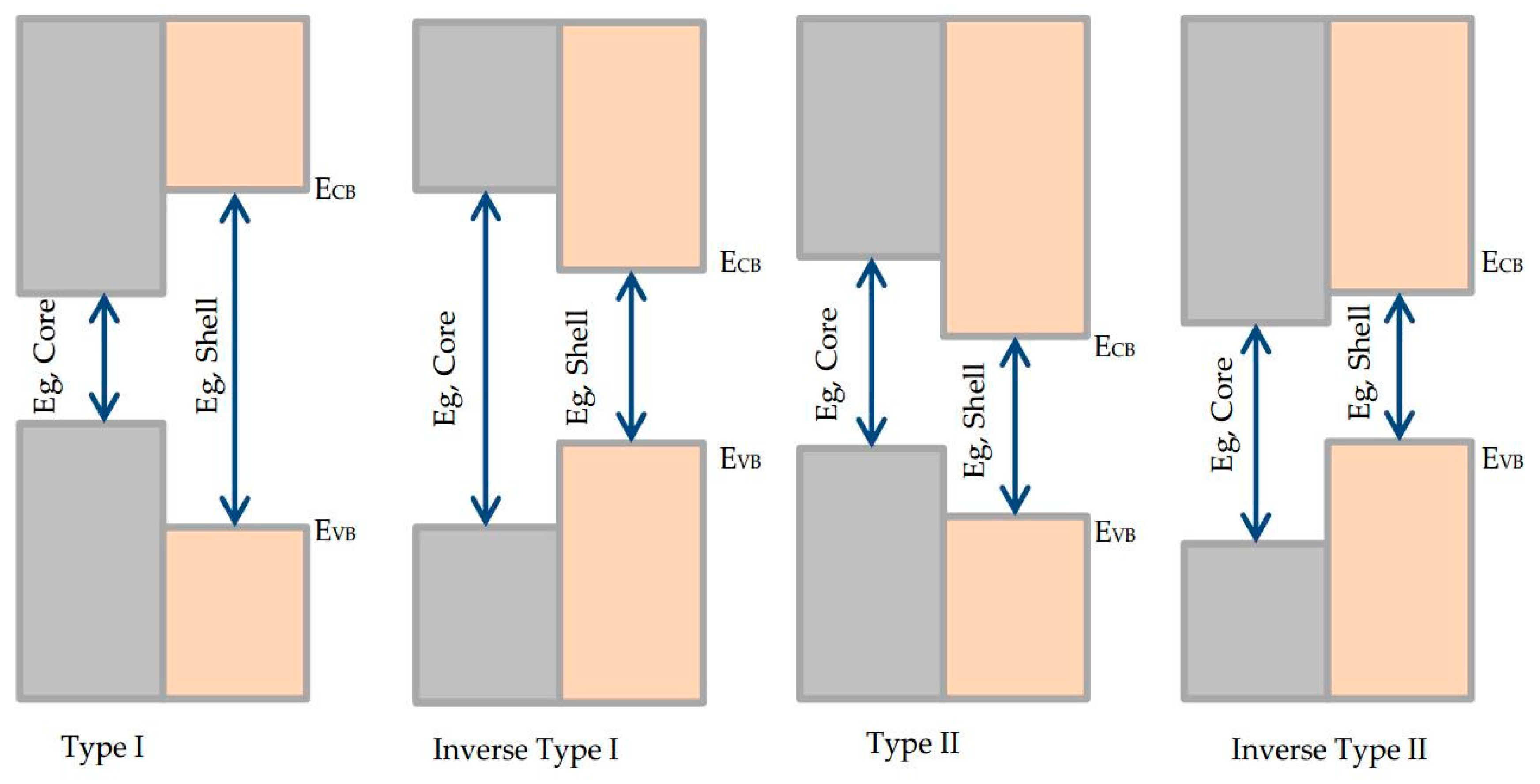

138(17), 5576–5584 (2016)įeng, H.P., Tang, L., Zeng, G.M., Zhou, Y., Deng, Y.C., Ren, X., Song, B., Liang, C., Wei, M.Y., Yu, J.F.: Core-shell nanomaterials: applications in energy storage and conversion. Wu, L., Chen, S.Y., Fan, F.J., Zhuang, T.T., Dai, C.M., Yu, S.H.: Polytypic nanocrystals of Cu-based ternary chalcogenides: colloidal synthesis and photoelectrochemical properties. Song, S., Kang, G., Pyeon, L., Lim, C., Lee, G.-Y., Park, T., Choi, J.: Systematically optimized bilayered electron transport layer for highly efficient planar perovskite solar cells (η = 21.1%). Giustino, F., Snaith, H.J.: Toward lead-free perovskite solar cells. Zhao, H., Rosei, F.: Colloidal quantum dots for solar technologies. Zhang, S., Wu, S., Chen, W., Zhu, H., Xiong, Z., Yang, Z., Chen, C., Chen, R., Han, L., Chen, W.: Solvent engineering for efficient inverted perovskite solar cells based on inorganic CsPbI 2Br light absorber. We conclude with a detailed account of the latest research progress in structure, materials, and performance of LSCs based on colloidal core/shell QDs and a further perspective on the remaining key issues and open opportunities in the field. We further discuss in details the relationship between structure and optical properties, which is a key requirement for their applications in LSCs. In this chapter, we first introduce the working principle of an LSC, and then we discuss the design and synthesis of core/shell QDs with high Stokes shift and high fluorescence quantum yield, and core/shell structure-dependent band energy alignment. Among various types of fluorophores used in LSCs, core/shell quantum dots (QDs) are promising candidates as a new type of absorber/emitter in LSCs, due to their size-tunable wide absorption spectrum, narrow emission spectrum, high quantum yield, and structure-engineered large Stokes shift compared to organic dyes and polymers.

The optical efficiency of large-area LSCs significantly depends on the optical properties of the fluorophores. LSCs can also provide adaptability to the needs of architects for building-integrated photovoltaics, which makes them an attractive option for structural buildings as transparent or nontransparent electricity generators. 9861-9866, 2018.Luminescent solar concentrators (LSCs) can serve as large-area sunlight collectors, suitable for applications in high-efficiency and low-cost energy conversion devices. Journal of Materials Chemistry C, Cambridge, v. Improving carrier extraction in a PbSe quantum dot solar cell by introducing a solution-processed antimony-doped SnO2 buffer layer. Effect of band anisotropy on electronic structure of PbS, PbSe, and PbTe quantum dots, Physical Review B, v. Semina: Exact and Technological Sciences, v. Study of the optical properties in charged CdTe quantum dots. Photovoltaic efficiency of intermediate band solar cells based on CdTe/CdMnTe coupled quantum dots. Magneto-optical properties in IV-VI lead-salt semimagnetic nanocrystals. A numerical study into the influence of quantum dot size on the sub-bandgap interband photocurrent in intermediate band solar cells, AIP Advances, v. Electronic structure and optical properties of PbS and PbSe quantum dots, Journal of the Optical Society of America B, v. CdTe/PbTe superlattice modeling and fabrication for solar cells applications, Journal of Nano Research, v. (eds), Contemporary nanomaterials in material Engineering applications, Engineering materials. Quantum dots synthesis and application, In: MUBARAK, N. Multiple exciton generation in quantum dot-based solar cells, Nanophotonics, Berlin, v. The lead salt quantum dot intermediate band solar cell, IEE, v.


 0 kommentar(er)
0 kommentar(er)
